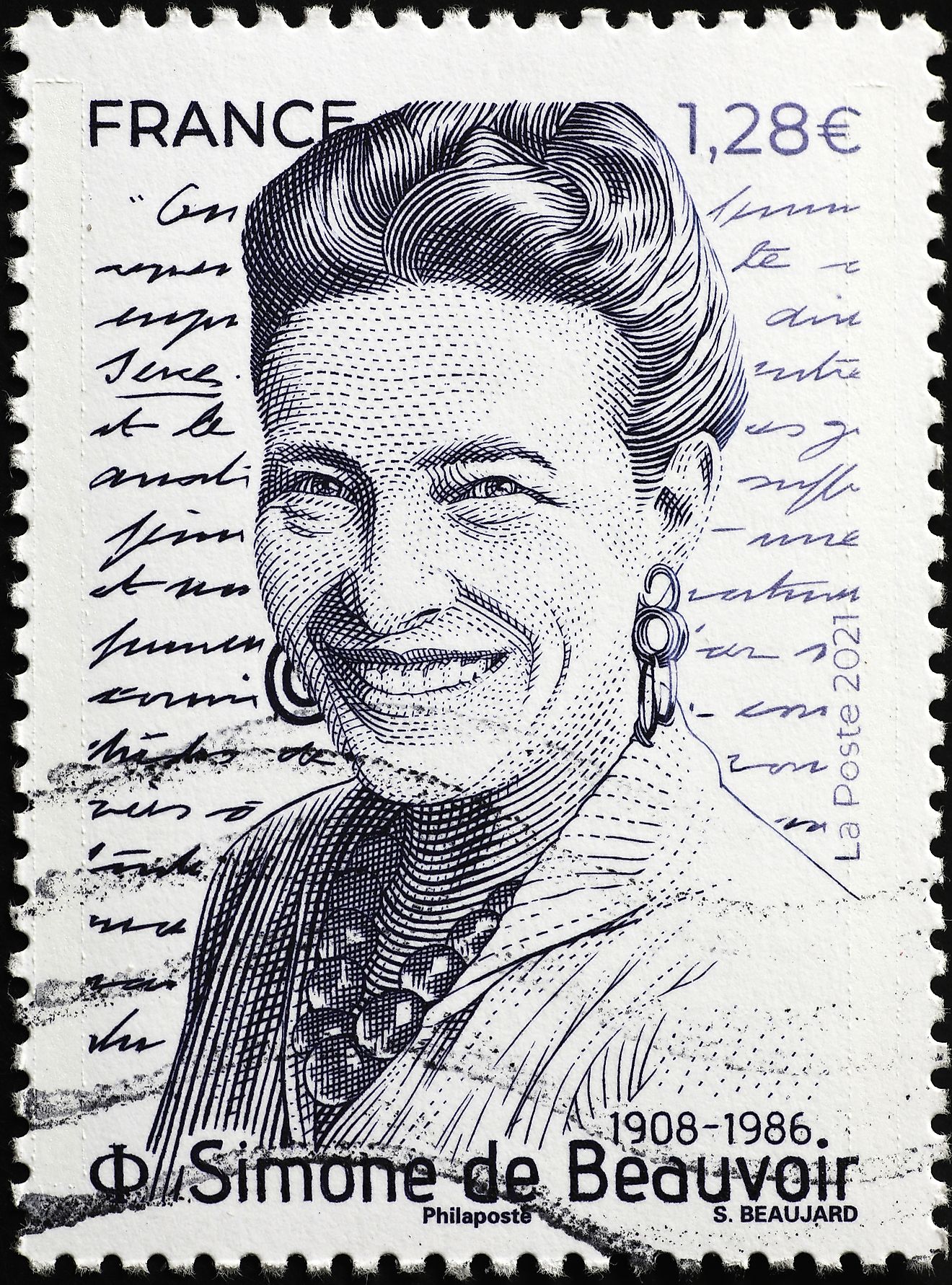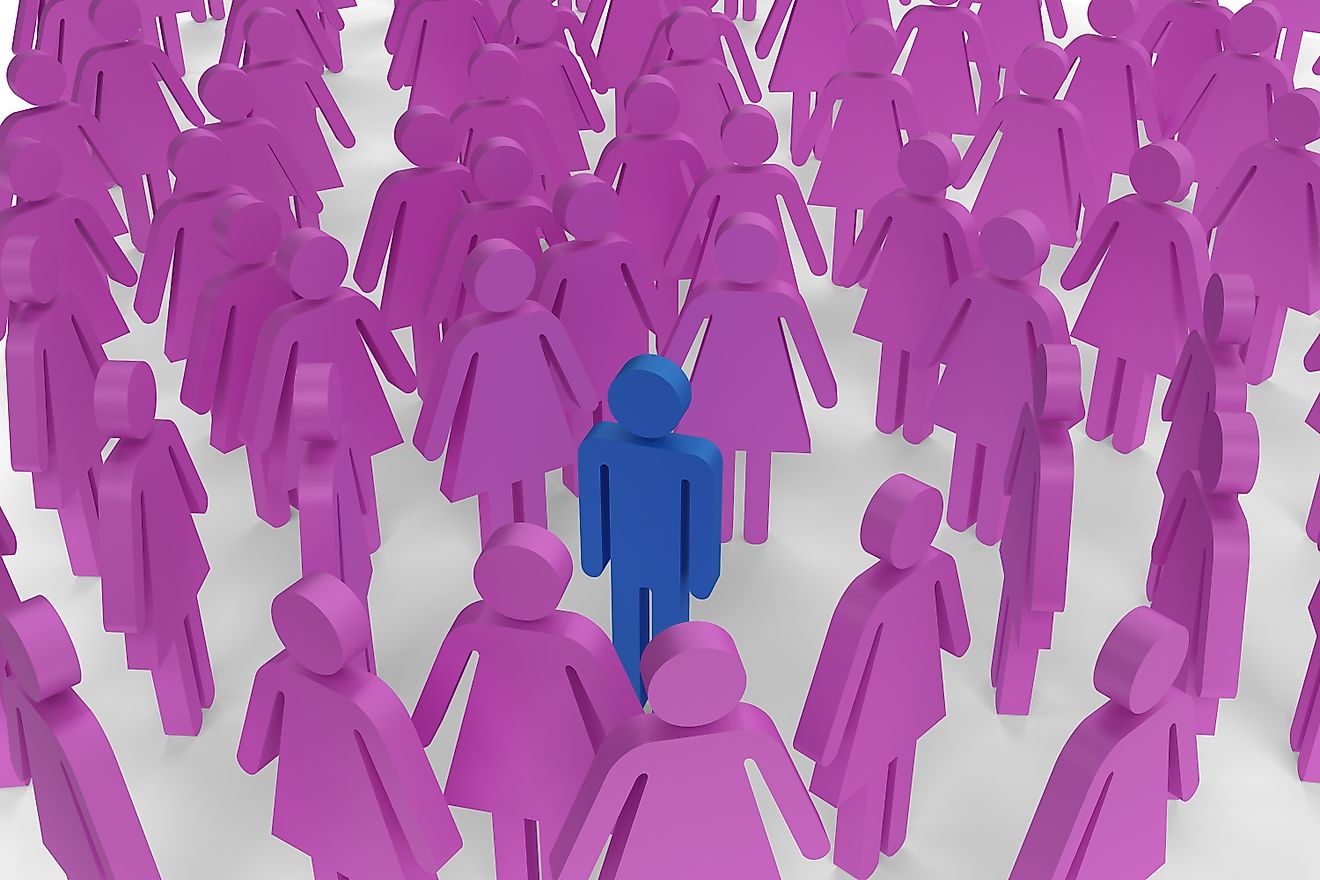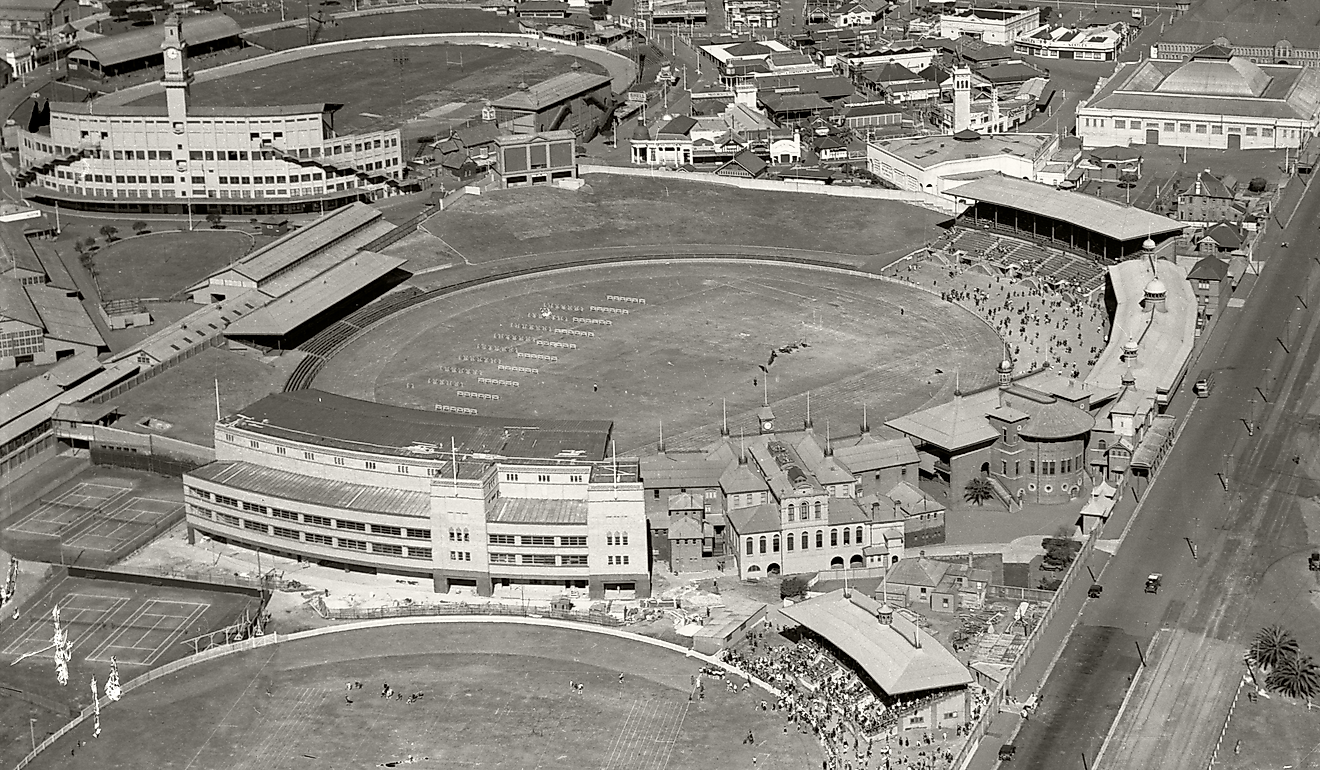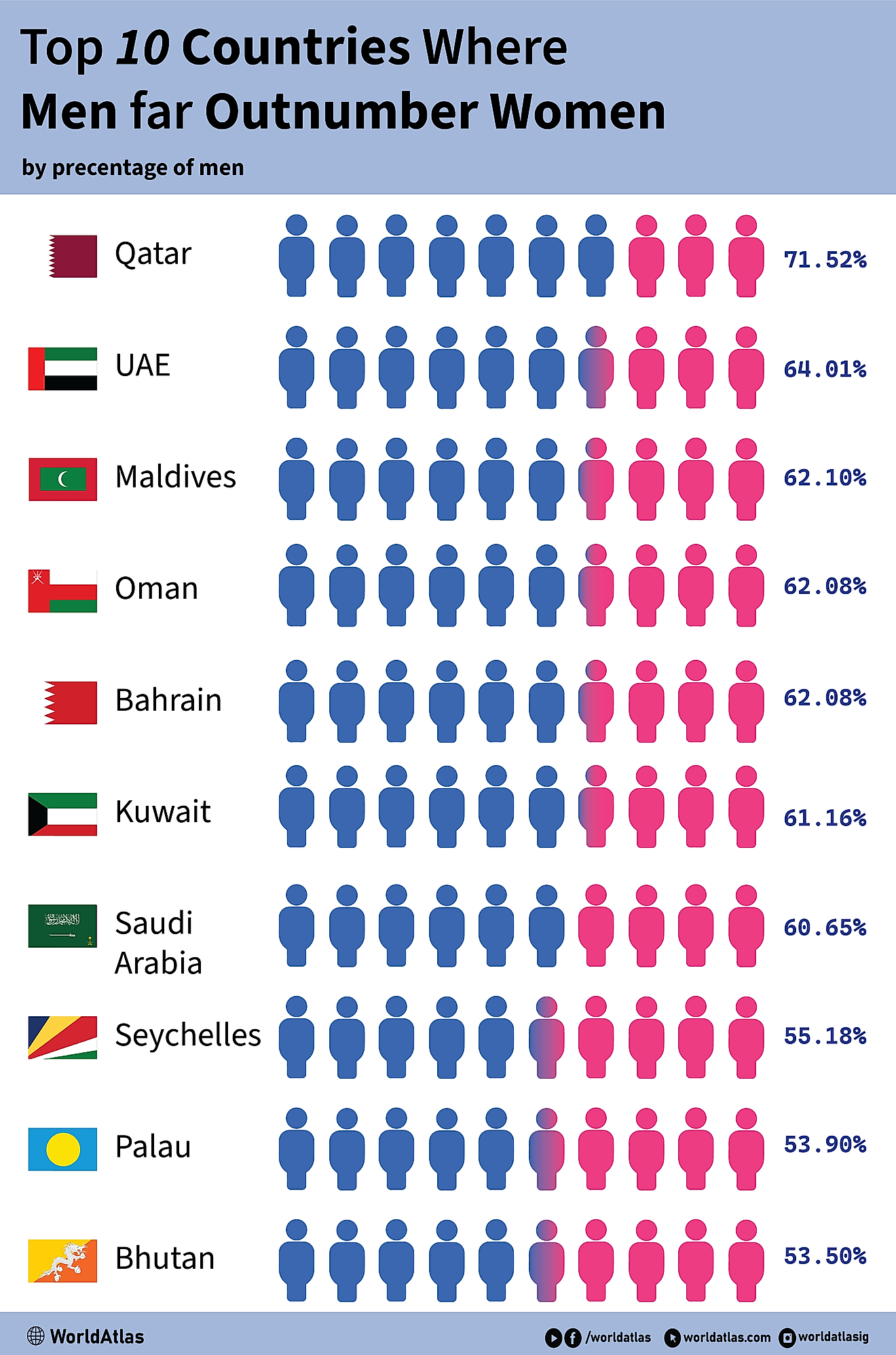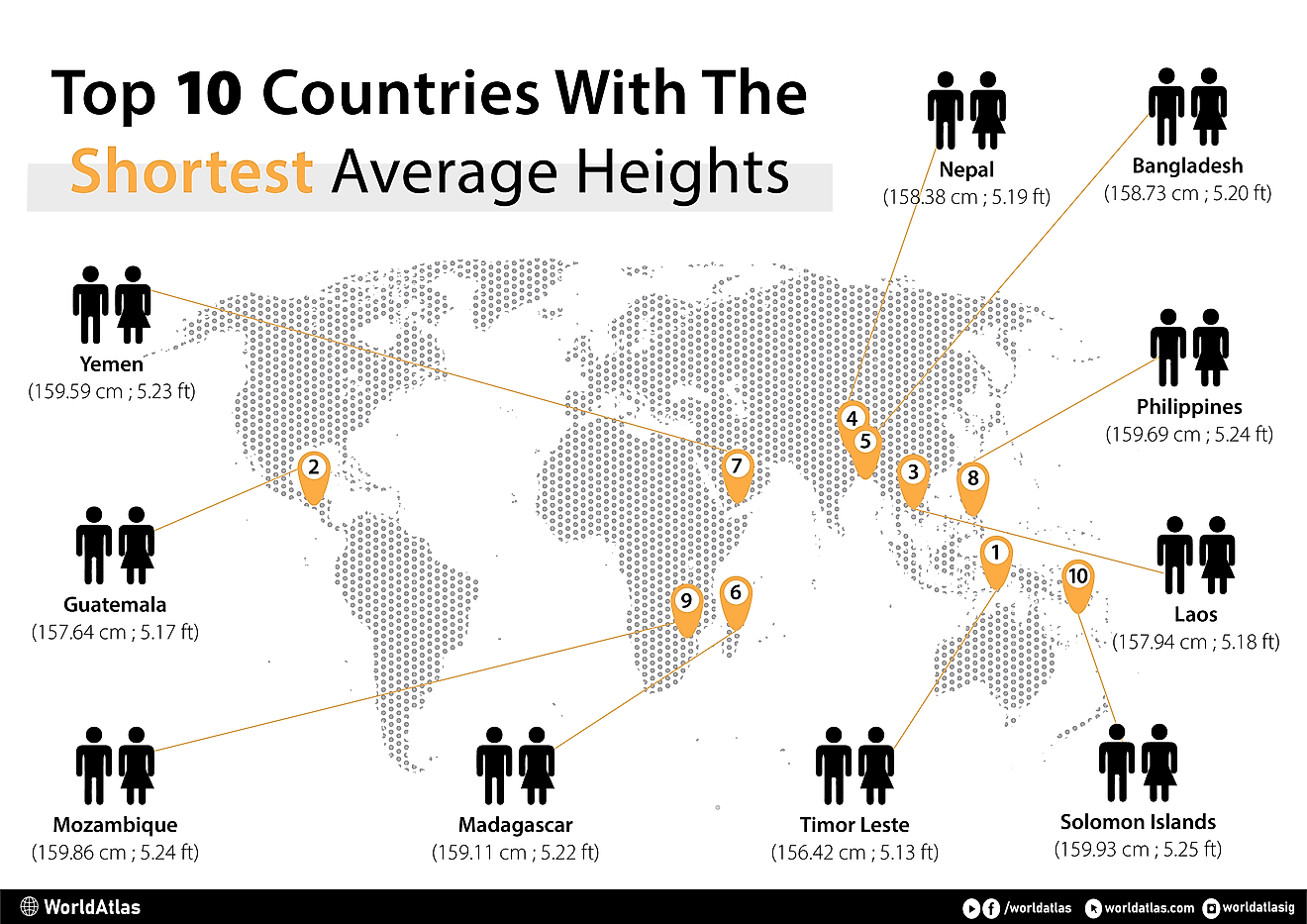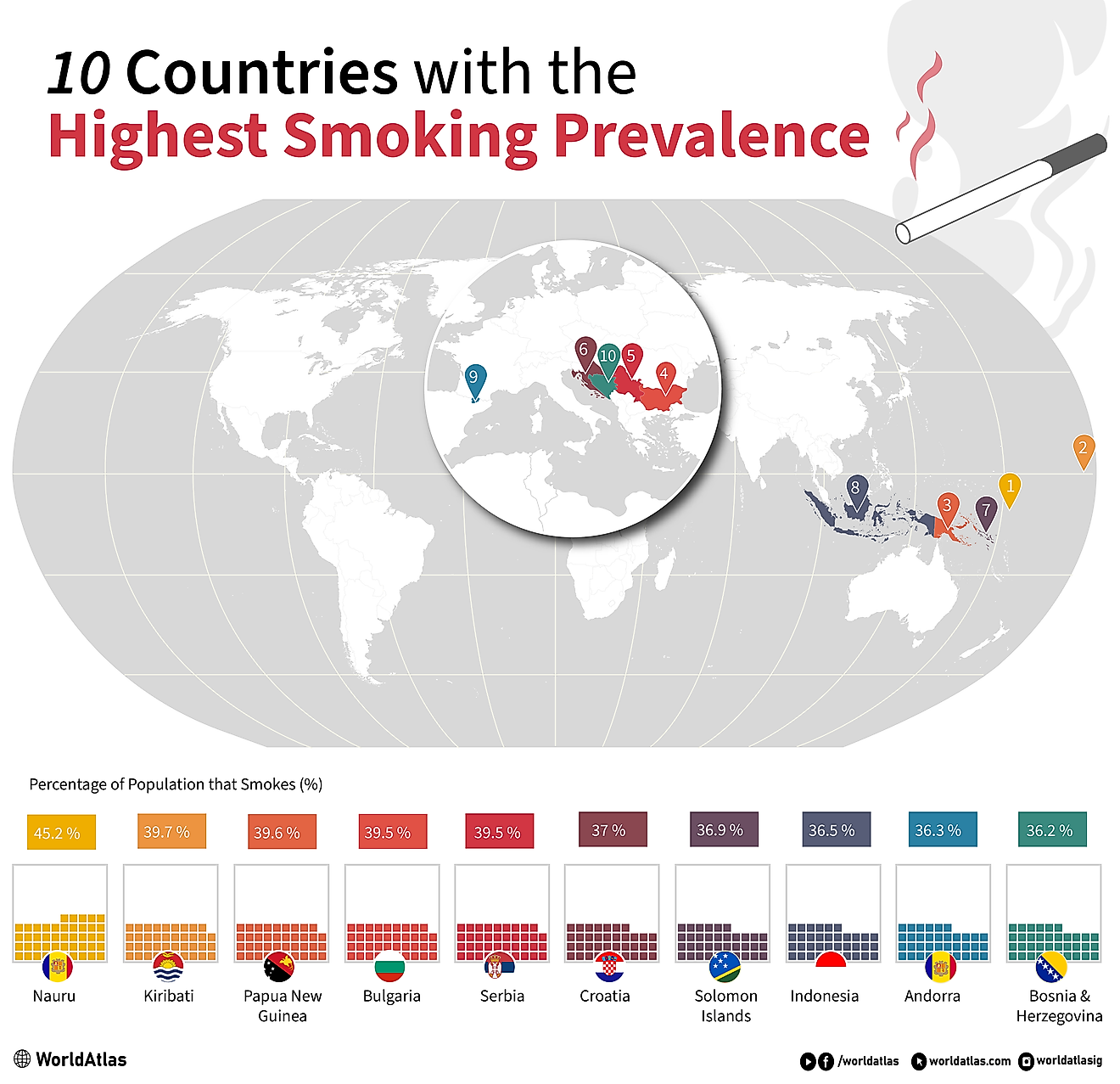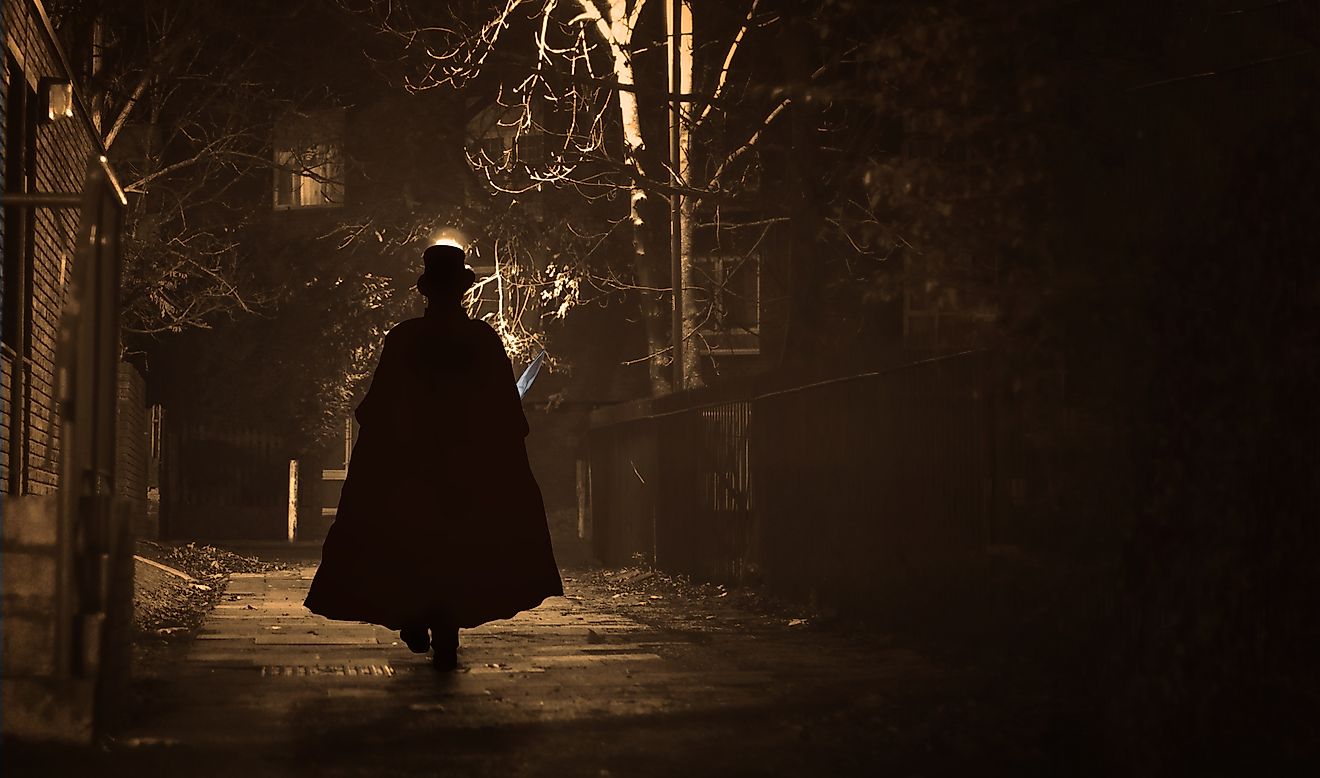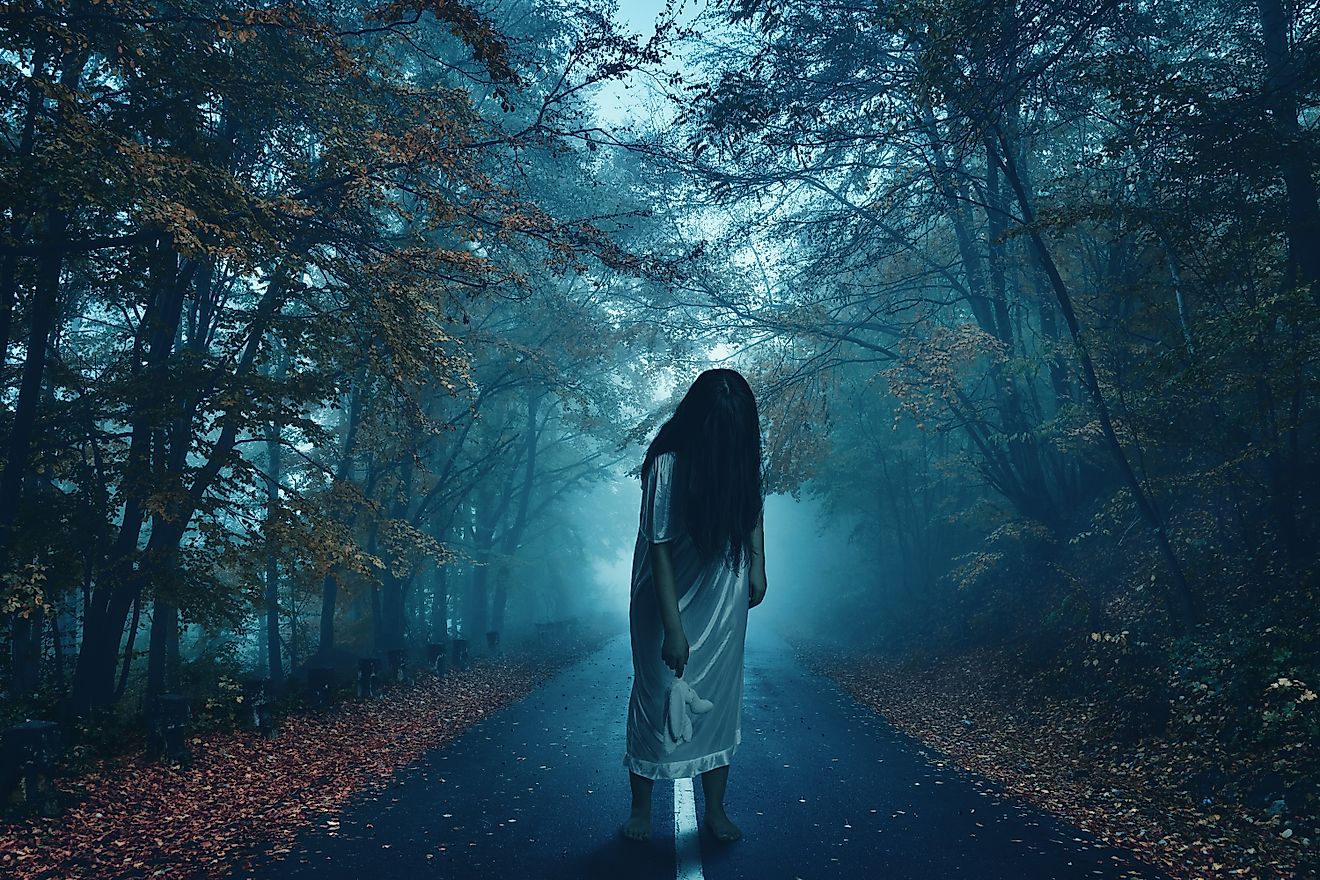Ethnic Groups Of Mozambique
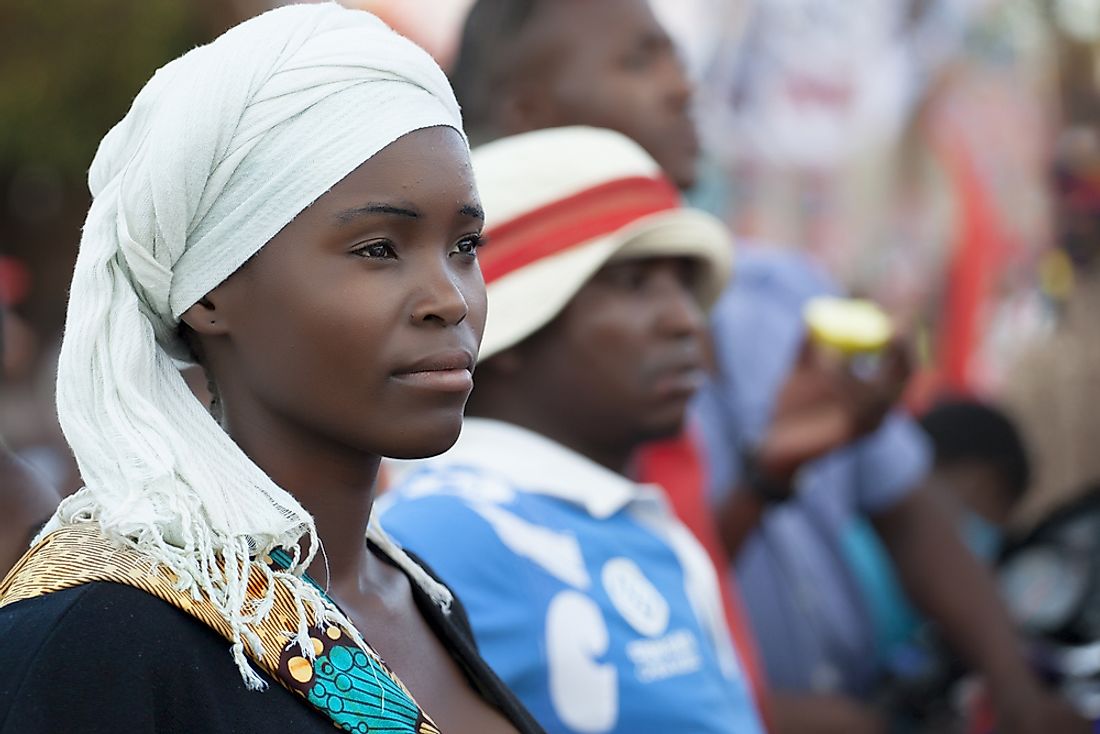
Mozambique, officially known as the Republic of Mozambique, is a country in the Southeast of Africa bordering the Indian Ocean. It has a population of around 26 million people, with 99% of Mozambicans descended from such indigenous tribes as the Makua, Tonga, Chokwe, Manyika, and Sau. The capital city of Mozambique is Maputo, which is also the largest city in the country. In Mozambique, the official language is Portuguese, but English is spoken in major cities such as Maputo and Beira.
History of Mozambique
Bantu-speaking peoples were the first immigrants into what is now Mozambique, arriving there from regions to the far north and the west. Later, the Swahili and Arabs came to settle along the coastal towns where they built commercial ports before the Europeans’ arrival. Mozambique became a Portuguese colony in 1505, after the area was explored by Vasco da Gama in 1498. The country exchanged hands from a Portuguese colony to a Somali colony and later to a Portuguese colony. During this period, Somali merchants enslaved the local people and led to the Somali slave trade. Mozambique gained independence in 1975, but descended into civil war from 1977 until 1992, which affected the stability of the country to a great extent. Until 2010, there had been political unrest following every election.
Major Ethnic Groups in Mozambique
The main ethnic groups in Mozambique are the Makua, Tsonga, Makonde, Shangaan, Shona, Sena, Ndau, and other indigenous groups. There are approximately 45,000 Europeans, and 15,000 South Asians, constituting less than 2% of the population, as well.
Makua
The Makua people are the largest ethnic group with over four million people, and occupy mostly the northern regions of the country bordering Tanzania and the Republic of the Congo. They speak Portuguese as their official language.
Sena
The Sena people are the second largest ethnic group with over 1.7 million people. They are predominantly found in the Zambezi Valley and are thought to have migrated from historical Judea and what is present-day Yemen.
Shona
The Shona people, also found in Zimbabwe, are approximately 173,000 in number and live according to their clans. They are predominantly found in Zambezi valley.
Tsonga
The Tsonga mainly occupy the southern parts of the country between the Limpopo and Save rivers, and are considered the sister tribe to the Shanhaan people in South Africa’s Mpumalanga and Northern Provinces.
Makonde
The Makonde people of Mozambique are closely related to the Makonde in Tanzania, but the separation of the groups by the Ruvuma River resulted in linguistic and cultural differences. The Makonde are a matrilineal society. Women control the children and inheritances. Men move into the women’s villages and homes.
Swahili
The Swahili people occupy the northern parts of the country and predominately speak Swahili. They maintain a cultural difference that is specific to other Swahilis in Kenya, Tanzania the Zanzibar archipelago. They follow Islam and wear traditional Islam attire such as hijab and thob.
Other Ethnic Minorities
Other indigenous tribes include the Yao, Nguni, Chokwe and Maravi. Most of the remaining 2% of the population is made up of Portuguese Mozambicans, Indian Mozambicans, multiracial groups, Chinese Mozambicans, and Arab Mozambicans.
Ethnic Groups Of Mozambique
| Ethnic Group | Share of Mozambican Population |
| Tonga | 98.61% Combined |
| Chokwe | |
| Manyika | |
| Sena | |
| Makua | |
| Ndau | |
| Other Indigenuous Mozambicans | |
| Multiracial | 0.84% |
| Portuguese Mozambicans | 0.36% |
| Indian Mozambicans | 0.20% |
| Chinese Mozambicans | <0.2% |
| Arab Mozambicans | <0.2% |
